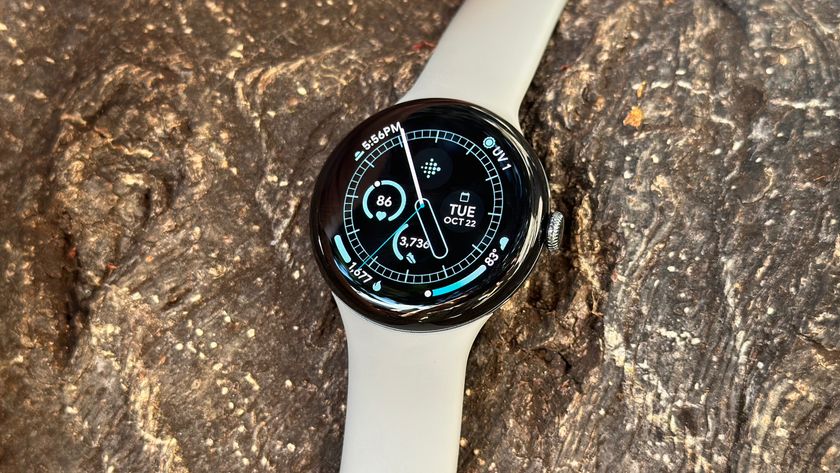Samsung Galaxy S6 and Galaxy S6 active: What's the difference?

Of course at first glance you wouldn't guess much about these two phones is shared beyond the name and manufacturer — one with metal and glass all around it, and the other looking like it belongs in a tool belt. But actually, the Galaxy S6 active is nearly identical inside to its flagship predecessor, with just a couple of spec changes underneath the hardened exterior that sets it apart.
Want to know all of the differences between the Galaxy S6 and Galaxy S6 active? We have you covered — read on.
On the outside

It's not hard to spot the differences on these two phones. Beyond the screen and placement of the USB port, every other external design aspect is different between the Galaxy S6 and S6 edge. Comparing to the more familiar Galaxy S6, the active version has moved its power button farther up the side, while the volume keys move down the opposite side and a customizable "Active button" is placed above them.
The fingerprint-scanning home button has been replaced by a "dumb" plastic one, and the previously capacitive multitasking and back buttons match the new home button style. On the more subtle side, the headphone jack moves to the top of the phone and the speaker moves to the back.
Be an expert in 5 minutes
Get the latest news from Android Central, your trusted companion in the world of Android
You lose a fingerprint scanner and some of the slick lines, but the function is the same on the GS6 active.
The entire exterior of the Galaxy S6 active is now plastic and rubber, which gives it far more resilience. Hard plastic wraps around the perimeter of the phone, with rubber inserts on the sides that help with grip and a textured back panel that does the same. Raised edges and a metal ring mean the camera lens no longer protrudes from the back of the phone. The Galaxy S6 active is moderately thicker, wider, taller and heavier than the regular GS6, but none of the dimensional bumps change usability.
Extra bulk all around gives the Galaxy S6 active water-, dust- and shock-proofing — something the standard GS6 can't offer. Of course you can add a case to try and reach all three of those specs, but the end result will surely be less secure and likely larger than just getting a Galaxy S6 active from the start. Perhaps most importantly, the Galaxy S6 active reaches these durability specs with relatively few compromises — you simply get a slightly larger phone and lose out on the fingerprint sensor.
Internals and specs

It's all about the battery: 35% more capacity is notable.
For as dramatically different things are on the outside, the inside of these phones are quite similar. Both the Galaxy S6 and GS6 active have the same octa-core Exynos processor, 16MP camera with OIS, 3GB of RAM and a base 32GB of storage — the only difference being 64 and 128GB storage options for the standard model. Both phone support Qi and Powermat wireless charging, and have the same Adaptive Fast Charging tech inside if you use a wire.
One huge spec that differentiates the two phones is battery size — the Galaxy S6 active has a 3500 mAh cell inside, much larger than the standard 2550 mAh you'll find in the original. Because the specs are otherwise identical, that translates into much longer battery life for the active, to the point where longevity is no longer a problem on the Galaxy S6 active as it has been on the original phone. If you currently have a Galaxy S6, think about the battery life you get now and simply extend it by 35 percent — then you have a GS6 active.
Functionally, they're the same.
Sure there are big differences in external looks and feel, and the specs have changed in a couple notable places, but when it comes to using both of these phones they really act the same. The software on offer from both the Galaxy S6 and GS6 active is the same, save for carrier-specific tweaks, and the performance is great as well. Both can take wonderful photos from the 16MP camera in complete auto mode, and you can view those photos or any other content in stunning clarity on the QHD display.
That means no matter which version of the Galaxy S6 you choose, you won't have to feel like you're missing out on much that you could've gotten on the other. These are just two different ways to experience the same basic Galaxy S6.
Andrew was an Executive Editor, U.S. at Android Central between 2012 and 2020.












